Discover 8 hidden attractions, cool sights, and unusual things to do in Numazu (Japan). Don't miss out on these must-see attractions: Numazu Imperial Villa, Kōkokuji Castle, and Awashima. Also, be sure to include Mt. Katsuragi in your itinerary.
Below, you can find the list of the most amazing places you should visit in Numazu (Shizuoka).
Table of Contents
Numazu Imperial Villa

Building. The Numazu Imperial Villa is a former imperial summer residence located in the city of Numazu, Shizuoka, Japan.
The villa was constructed by Emperor Meiji in July 1893 and was a favorite residence of his son, Crown Prince Yoshihito, the future Emperor Taishō. The building was a single-story wooden structure with an area of 1200 square meters. The grounds covered 104,402 square meters, and it was located facing Suruga Bay adjacent to the Senbon-Matsubara, a scenic pine grove. The villa also had views of Mount Fuji to the north-north west. In the neighborhood were the villas of a number of important political figures of the times, including that of Oyama Iwao, Saigō Jūdō and Ōki Takatō.
The villa was expanded twice, once in 1903 (the east annex) and once in 1905 (the west annex). The east annex was originally a building of the Akasaka Palace estate in Tokyo used by the high steward to the crown prince. The west annex was originally a villa belonging to count Kawamura Sumiyoshi. The future Emperor Hirohito spent 70 days at the villa as a child. During the bombing of Numazu in World War II, the main building of the villa was hit by an American bomb and burned down.
The villa was turned over to the Numazu city government in 1969, and was opened to the public as the Numazu Goyōtei Memorial Park (沼津御用邸記念公園, Numazu Goyōtei Kinen Kōen) in 1970.[1]
Kōkokuji Castle
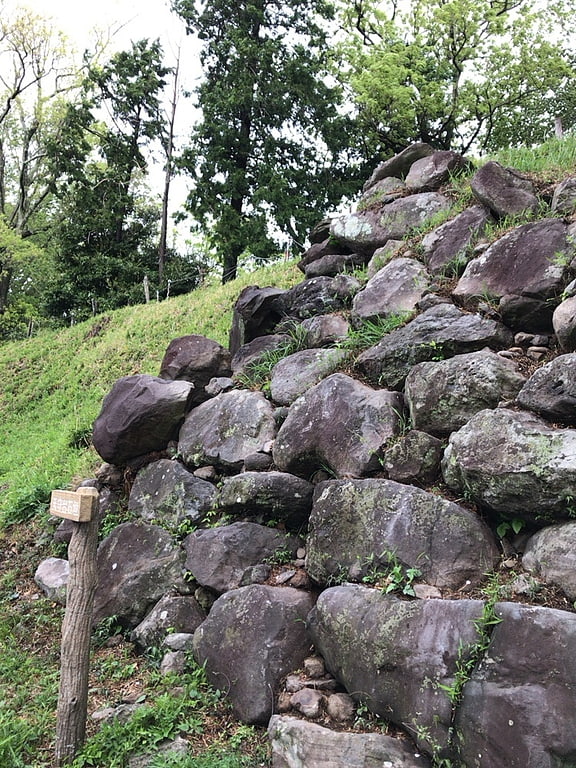
Kōkukuji Castle was a Sengoku period yamashiro-style Japanese castle located in the Negoya neighborhood of the city of Numazu, Shizuoka prefecture. The ruins have been protected as a National Historic Site since 1975.[2]
Awashima
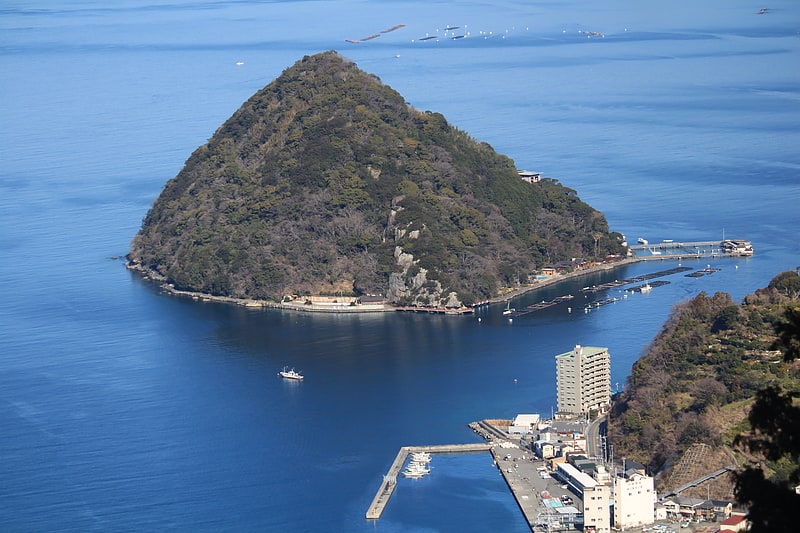
Awashima is an island located in Numazu City, Shizuoka Prefecture, Japan. It borders Uchiura Bay and Eura Bay in the depths of Suruga Bay. Awashima Island was formed by the uplift and erosion of an underwater volcanic channel, the same cause as the nearby Shizuura Mountains. It has been selected as one of the "100 Treasures of Numazu.
Mt. Katsuragi
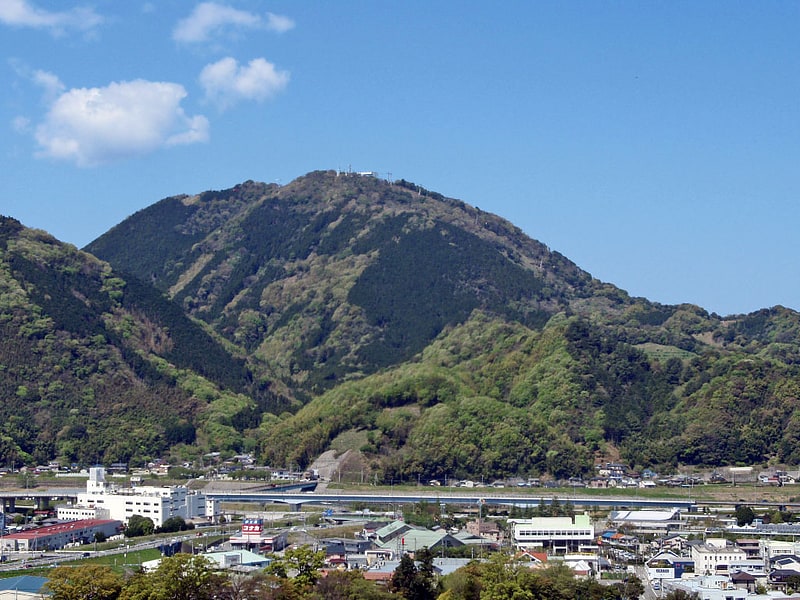
Mt. Katsuragi is a 452-meter-high mountain located in Izu-no-kuni, Shizuoka Prefecture, Japan. It is sometimes called Mt. Izu Katsuragi to distinguish it from Mt. It is also commonly referred to as Mt. Shakyamuni (寝迦), because it looks like a sleeping Buddha from some directions.
Shimizu
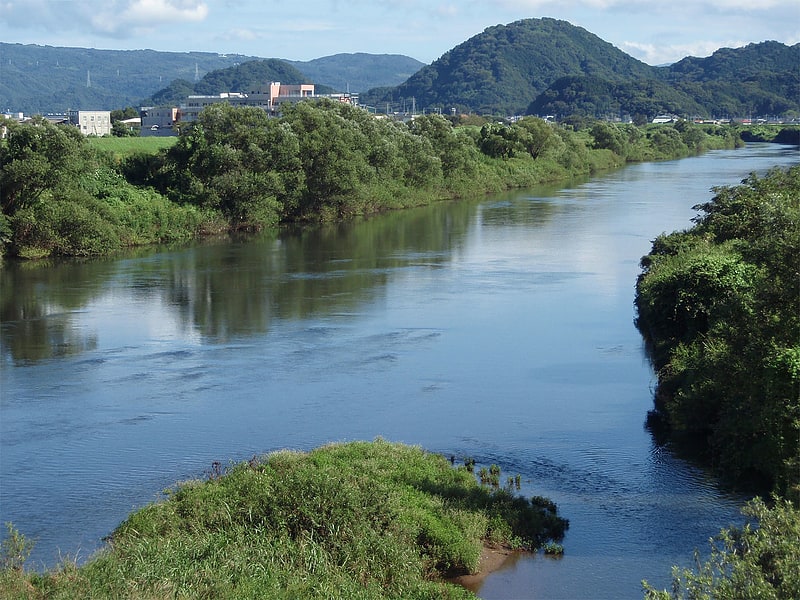
Also known as: 清水町
Town in Japan. Shimizu is a town in Suntō District of Shizuoka Prefecture, Japan. As of 1 August 2019, the town had an estimated population of 32,453 in 14058 households, and a population density of 3,700 persons per km2. The total area of the town was 8.81 square kilometres.[3]
Numazu Station
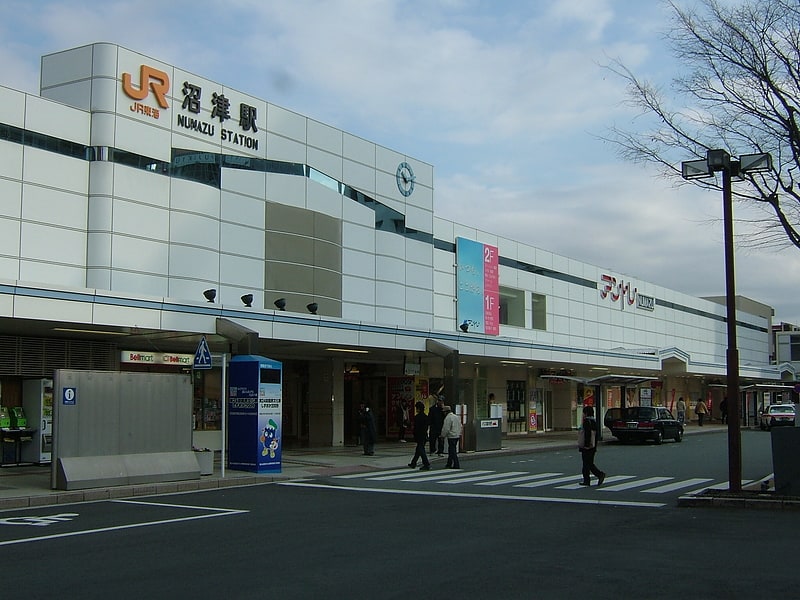
Also known as: 沼津駅
Railway station. Numazu Station is an interchange railway station on the Tōkaidō Main Line in the city of Numazu, Shizuoka, Japan, operated by Central Japan Railway Company. The station is also a freight terminal and rail yard for the Japan Freight Railway Company.[4]
Address: Numazu, 1 Ōtemachi, Numazu-shi, Shizuoka-ken
Zhao jin yu yong di ji nian gong yuan
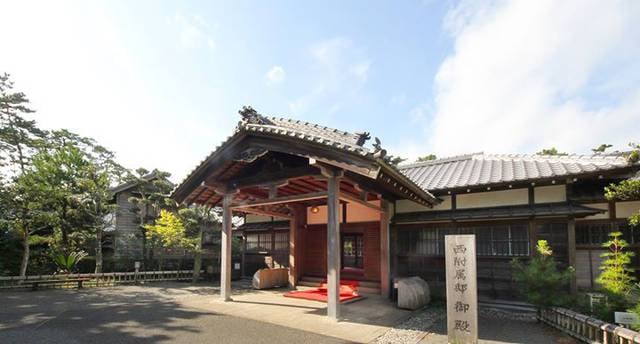
Relax in park, Park
Gao wei shan gu fen

Takaoyama Kofun is a burial mound located in Higashikumado, Numazu City, Shizuoka Prefecture. The shape of the burial mound is anteroposterior, and it is not designated as a historic site. The Numazu Board of Education estimates that the mound was built around 230 A.D. in the early Kofun period and that the burial date is around 250 A.D. It is one of the oldest and largest mounds in eastern Japan during the Kofun period. The Japanese Archaeological Association considers it an extremely important site for elucidating the formation of the Kofun culture, the epoch of Japan's early nation-building process.
The Takaoyama tumulus is also the proposed site of an urban planning road (Numazu Minami Isshiki Line), and Numazu City considers the Numazu-Minami Isshiki Line to be an important route that will form the backbone of the city. Therefore, there have been various discussions on the road construction and the preservation of the tumulus, and measures are being considered to balance the preservation of the tumulus and the road construction project.